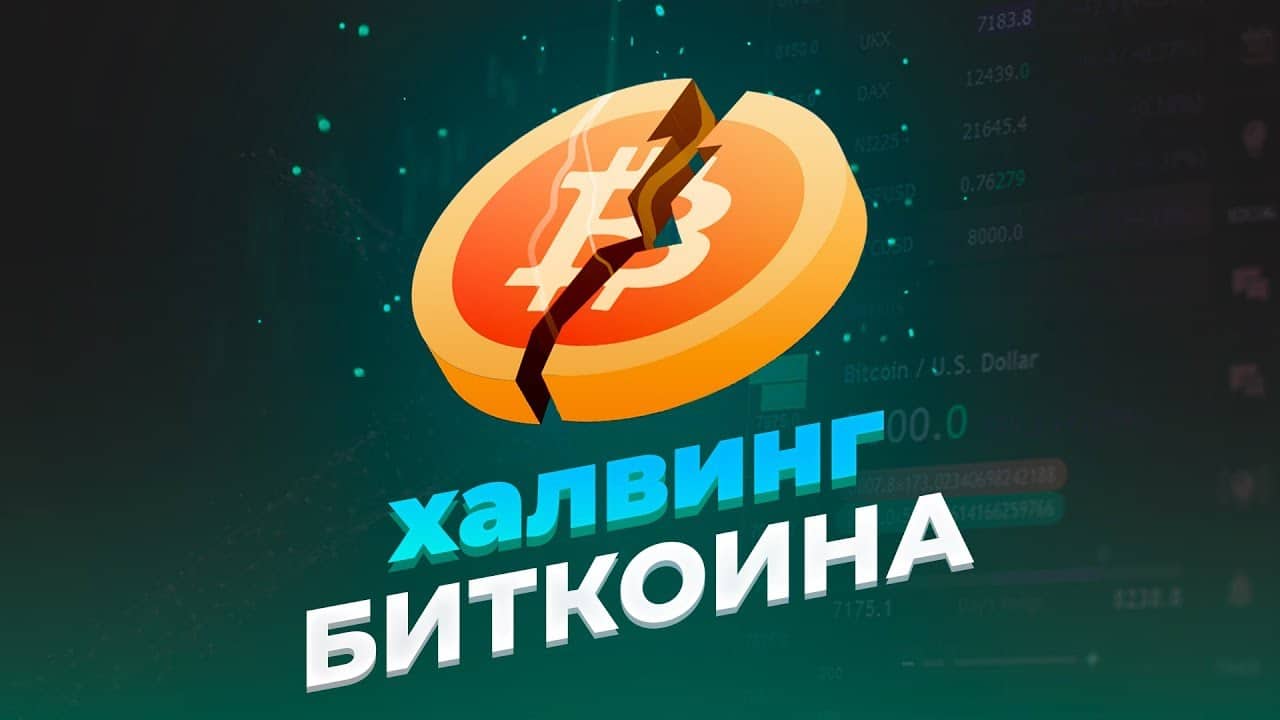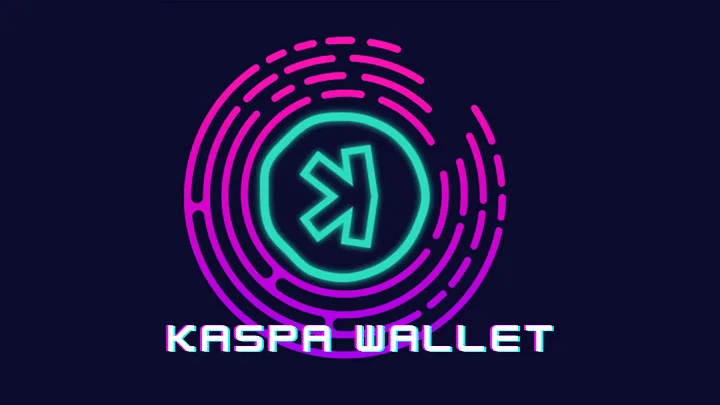

If you’re a fairly experienced crypto-user, you’ve probably heard about forks. But this topic is not covered in details, and it is very important for us. Let’s talk about them in details. To begin with, I suggest to understand what forks are and what cryptocurrency forks are.
How does a cryptocurrency fork happen?
As already mentioned, a fork is a modification of the blockchain protocol. Each blockchain has its own protocol, which is actually a set of rules that govern how the blockchain network works. These rules can describe, for example, how new transactions are added to the blockchain, what incentives miners should receive, etc.
However, since the blockchain code is open, anyone can change these rules. For example, a miner might come up with a great idea to improve the scalability of Bitcoin. Let’s say he proposes to increase the block size in the blockchain of the first cryptocurrency. If other miners realize how beneficial such a change is, then they may agree to accept it. And when this happens, they say that a fork or split has occurred in the blockchain or cryptocurrency. We will look at this in more detail in the following sections.
Interestingly, a cryptocurrency fork could result in two versions of the blockchain, as well as new coins that current holders can claim. However, it depends on the type of cryptocurrency fork. And now we’ll talk about the types of forks.

Types of Cryptocurrency Forks
Cryptocurrency forks can be divided into two main types:
Soft fork
A soft fork is a backward compatible modification of the blockchain network. This means that the new protocol does not affect the old one, which can coexist with it. However, each miner must choose whether to use the new or the old protocol, potentially leading to a temporary network split.

Let’s take a closer look:
When changes are made to the blockchain protocol in order for them to fully take effect, all miners must update their nodes. However, in the case of a soft fork, nothing changes in the blockchain, but only new options are added. These options are not mandatory for miners – they can decide for themselves whether to use them or not.
Let’s go back to our previous example where we talked about increasing the block size to achieve scalability.
A miner impressed by this idea must update their node software to enjoy this benefit. But a miner who does not accept this idea will still use the old software to verify transactions on the blockchain. For a soft fork to be effective, most nodes must upgrade to the new protocol. Otherwise, the soft fork will fail or go unnoticed.
Hardfork

A hard fork, on the other hand, is a backwards incompatible modification of the blockchain. That is, the old and new protocols are incompatible, which leads to a complete and final split of the blockchain. It is worth noting that in the case of a hard fork, there are two versions of the blockchain and, possibly, two coins. In addition, miners who refuse to upgrade to the new protocol will not be able to confirm transactions on the new blockchain.
A hard fork can happen in one of two ways:
- Planned hard fork
This is a hard fork agreed upon by the blockchain community led by the developers.
When such a hard fork occurs, the community moves to the new blockchain, while the old one is completely abandoned. For practical purposes, a planned hard fork can be compared to regularly updating the software on your smartphone or computer.
An example of a planned hard fork is Ethereum 2.0.
In the event of a planned hard fork, a new cryptocurrency is not created; instead, the current coin continues to be used on the new blockchain.
- Controversial hard fork
A controversial hard fork happens when the blockchain community cannot reach agreement on a proposed hard fork. This leads to a split, as a result of which a new cryptocurrency and a second, modified version of the blockchain appear.
In addition, those who still use the old version of the blockchain can claim the new cryptocurrency. Before moving on to the next section, I would like to mention one more type of cryptocurrency forks: spin-offs.
Spin-off
A spin-off is when a new blockchain project copies the code, protocol, and architecture of an existing blockchain, but modifies it according to its own goals. Unlike the controversial hard fork, it is not possible to claim new coins here.
Generally speaking, this cannot be called a traditional fork per se. This is because it is a separate blockchain modeled after the existing one, and not two versions of the same blockchain.
How does a cryptocurrency fork happen?
Explaining how a cryptocurrency fork actually happens is not that easy. But I will try to put everything on the shelves so as not to confuse you.
For a hard fork to happen, a so-called consensus is needed.
Consensus is one of the key characteristics that distinguish cryptocurrencies and blockchain networks from centralized systems. In essence, it means that the blockchain community must come to an agreement.
In the case of a soft fork, the explanation I gave above is sufficient. A hard fork, on the other hand, not only splits the blockchain in two, but also brings into play additional technical nuances that I didn’t cover above.
This is how, in essence, a hard fork happens:
- After making certain changes to the blockchain, the developers set the time when their fork should start.
- To do this, they specify the block number. For example, they may state that the fork will take effect after block number 640,000 is added to the blockchain.
- To do this, they specify the block number. For example, they may state that the fork will take effect after block number 640,000 is added to the blockchain.
- If this is a controversial hard fork, the community will also split, and if it is planned, then the entire community will abandon the old blockchain.
- Interestingly, however, both versions share the same original pre-fork blockchain. That is, all transactions that happened on the old blockchain before the fork are also considered to have taken place on the new blockchain.
- Therefore, if you had a certain amount of coins in the old blockchain, then you will have the same amount in the new one.
If, for example, you had 2 BTC before the fork, then you will also have 2 BTC of another version on the new blockchain that you can freely claim (if it is a controversial fork).
- However, after the fork, further transactions on the old blockchain will no longer be visible on the new one.
Most Popular Cryptocurrency Forks
Let’s take a look at a few popular forks and analyze the technology using their example.
Segregated Witness

Segregated Witness is a soft fork of the Bitcoin network that was activated in 2017. It was originally introduced in 2015 at the Bitcoin Conference by Peter Welle.
SegWit nodes remove signature data from Bitcoin transactions. The goal is to increase the block size on the Bitcoin blockchain so that more transactions can be processed at the same time.
Bitcoin Cash

Many consider Bitcoin Cash to be the most successful and controversial hard fork of the first cryptocurrency network. The hard fork happened on August 1, 2017, on block 478,559 of the Bitcoin network.
Bitcoin Cash essentially increased the block size from 1MB to 8MB and then to 32MB. Bitcoin Cash also experienced a hard fork known as Bitcoin SV.
Conclusion
Fork projects are a promising direction in the cryptocurrency industry.
Investments in forks are very profitable and beneficial, for example, mining Bitcoin forks can be much more environmentally friendly and economical than mining the original coin.
However, when choosing a fork, you should pay attention to the nuances described in the article in order not to make a mistake with the choice and not invest your funds in a money laundering project. In order to invest in forks, you do not need to have deep knowledge in this area. Even a novice miner or investor can handle forks.
Invest in profitable and proven fork projects and make money on bitcoin safely and easily!
If you like to read such articles and want to support the author, then you can subscribe to our telegram channel and recommend us to your friends, this will help a lot to support our project! Telegram:
Be the first to know all the news, read more about cryptocurrencies and mining at CRYPTO-MINING.BLOG.















No Comments